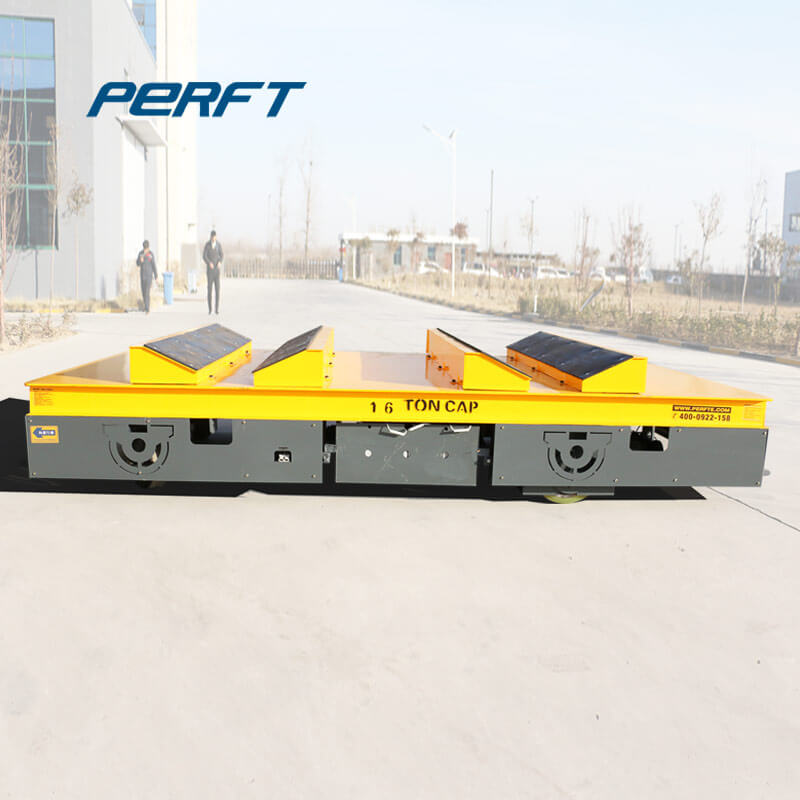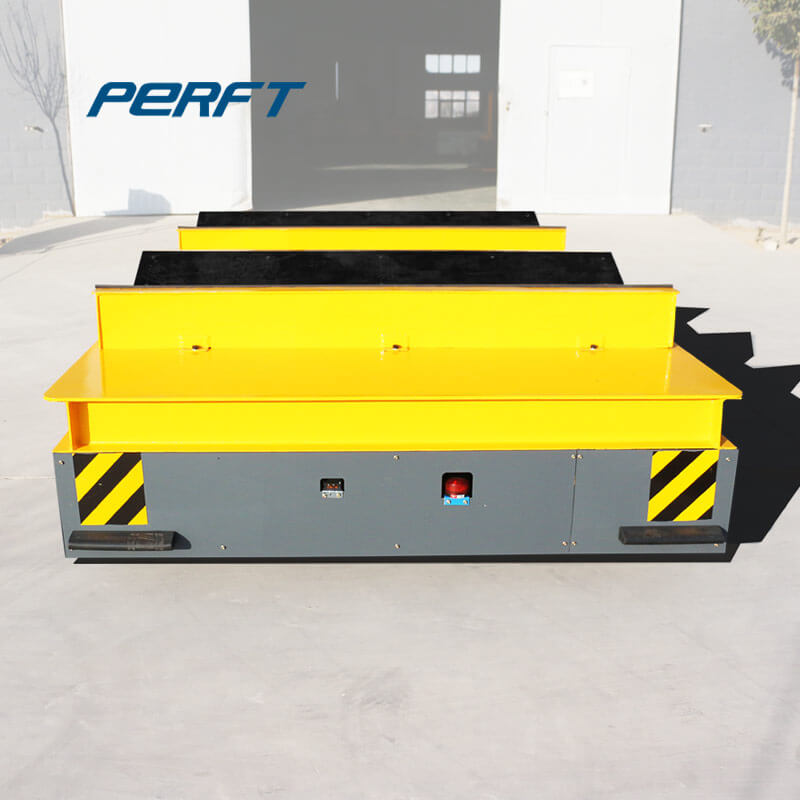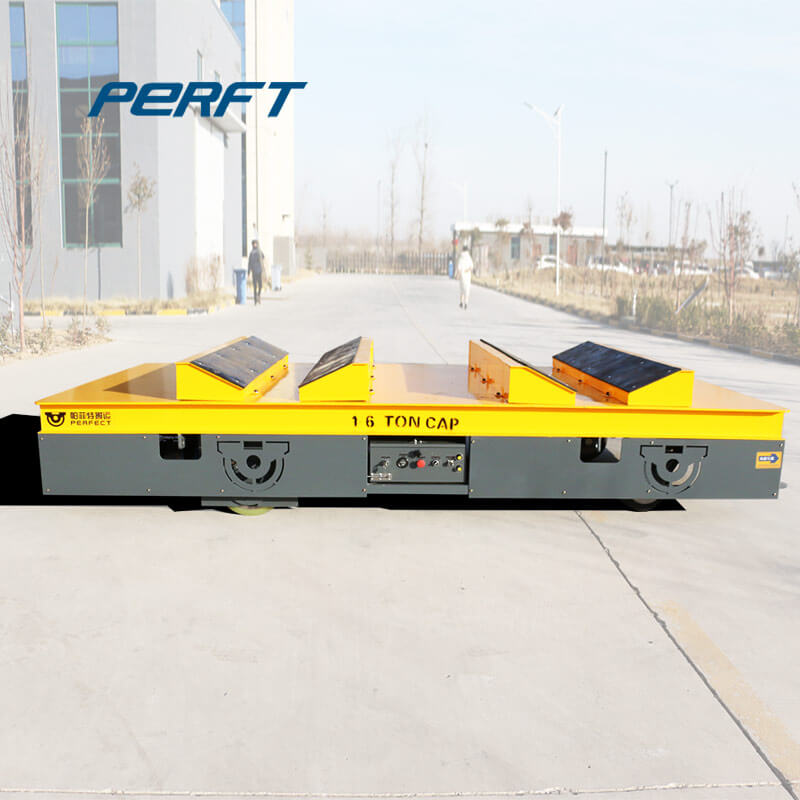








7.16.8 Transfer all residual recovery after completion of capsules filling, transfer to the granulation department, after taking a recovery receipt. 7.16.9 Keep the recovery granules in polyethylene bag lined duly labeled container, quantity returned should also be mentioned on the label which is duly received by the production supervisor and is kept at the designated place.
Standard Operating Procedure (SOP) Title Receiving of materials QA Signature Area Manager Signature Date of signature Date of signature Introduction: This document describes procedures to receive materials that will be stored in the warehouse. Objective: To receive
46 Figure 46-1 Bulk materials, such as those shown in Table 47-1, can be conveyed pneumatically using a Radial Blade or Material Transfer Blower. You can calculate your system’s fan or blower requirements by following the steps in Figure 48-1. In the following
Speakers Brian Beck, BECK Ecommerce Brian Beck is an Ecommerce industry pioneer with 20+ years of experience, including more than a decade as a hands-on C-level executive. He has repeatedly driven annual revenue growth rates in excess of 100% per year, and has built digital commerce operations to hundreds of millions in sales as the lead digital executive in both early stage and multi-billion
Hoppers, Bins and Silos. Hoppers, Bins and Silos are used to store bulk materials. Storage capacities up to 10,000 cubic feet can easily be handled. KWS designs and manufactures hoppers, bins and silos for every market including the wastewater treatment, cement, chemical, mining and aggregate industries for storing many bulk materials.
2. Plant design The issue of powder handling has always been present at the various stages of producing chemical and pharmaceutical products. In the past, however, it was often neglected and considered at a later stage when working out the details of the
2/6/2016 · There has been a resurgence in American manufacturing. After reaching a low point of 11.5 million jobs in 2010, manufacturing employment increased to around 12.3 million in 2016. That still is
4 Construction and Maintenance of Belt Conveyors for Coal and Bulk Material Handling Plantswww.practicalmaintenance.net Characteristics of Bulk Materials Basic classification of material is made on the basis of forms. They are gases, liquids, semi liquids and
This industry includes establishments primarily engaged in manufacturing all graphite refractories, whether of carbon bond or ceramic bond. . Examples: Alumina fused refractories, Brick, bauxite, Brick, carbon, Brick, refractory: chrome, magnesite, silica, and other. See Companies for SIC 3297.
Manufacturing industry leaders can start by identifying use cases that solve for specific challenges on which the pandemic has cast a spotlight, such as fluctuating end-market demand. Manufacturers should set goals for data capture and analysis across the global manufacturing footprint, as this step alone is a key to identifying breakpoints and opportunities for improvement.
Technology transfer from R&D to manufacturing site is critical because of the scale-up of the product from pilot batch to large-scale commercial batch. A typical technology transfer process can be divided into production part, quality control part and documentation
Due to the compelling business need for the transactional changes in the automotive industry, companies should be able to overcome this bias against transfer pricing planning. Even the OECD, in its new Transfer Pricing Guidelines chapter on business restructurings (Chapter IX), acknowledges the company’s right to structure its own operations to maintain profitability.
Transfer dry bulk solid materials in an efficient and cost-effective way via dilute phase conveying, the most common form of pneumatic conveying. DENSE PHASE Move abrasive or fragile materials that can’t handle higher convey velocities via dense phase conveying, which can still operate at high pressure.
Find contact information for bulk transload facilities in California. Refer to the Services Key to determine what each letter in the Products, Services & Equipment, and Dry Product Transfer fields represent. We encourage you to call the facility directly for the most up-to-date information about their capabilities, hours, and location.
Execution of training for carrying out the technology transfer successfully. Assistance in Optimization, scale up, validation and Analysis of the batches produced during the Technology transfer. Provide BMR, BPR, Protocol, data sheet and reports as per respective development stage requirement.